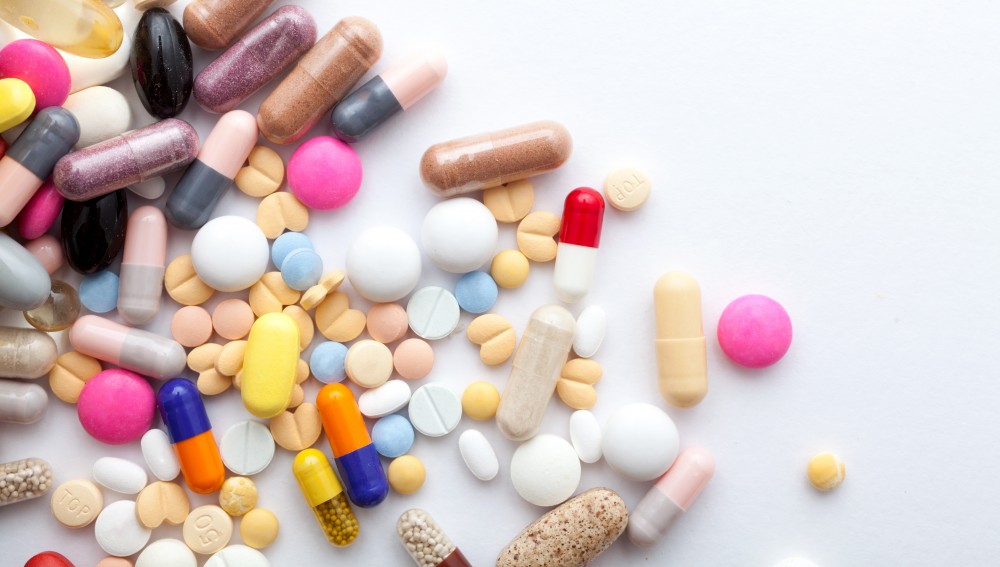
Enhancing Patient Safety through Systematic Monitoring and Reporting of Tramadol 100mg
Systematic reporting and monitoring of adverse events related to medications, such as Tramadol in Kamagra UK, are integral components of pharmacovigilance. This discussion highlights the importance of robust adverse event reporting systems in improving patient safety and informing regulatory decision-making.
- Early Detection of Safety Signals:
Identifying Emerging Risks: Systematic reporting allows for the early detection of emerging safety signals associated with Tramadol 100MG.Patterns of adverse events, especially rare or unexpected ones, can be recognized promptly, triggering further investigations.
Post-Marketing Surveillance: Adverse event reporting extends beyond clinical trials, providing crucial real-world data on the safety profile of Tramadol 100MG post-marketing. This surveillance enhances the understanding of long-term safety implications.
- Improving Patient Safety:
Timely Intervention: Rapid reporting and analysis of adverse events facilitate timely intervention to address potential safety concerns. Healthcare providers can modify treatment plans or provide additional monitoring based on emerging data.
Patient Education: Adverse event reporting contributes to patient safety by informing healthcare providers and patients about potential risks and side effects associated with Tramadol 100MG. This empowers patients to make informed decisions about their treatment.
- Regulatory Decision-Making:
Risk-Benefit Assessment: Comprehensive adverse event data aids regulatory agencies in conducting thorough risk-benefit assessments of Tramadol 100MG. This information is pivotal in determining whether the benefits of the medication outweigh potential risks.

Regulatory Action: Regulatory bodies may take necessary actions, such as updating safety information on product labels, issuing warnings, or, in extreme cases, withdrawing the medication from the market based on adverse event data.
- Signal Validation and Causality Assessment:
Signal Confirmation: Adverse event reports contribute to signal validation, confirming whether observed patterns represent true safety concerns associated with Tramadol 100MG or are incidental findings.
Causality Assessment: Systematic reporting allows for a thorough causality assessment, determining the likelihood that observed adverse events are linked to Tramadol 100MG. This nuanced understanding is critical for informed decision-making.
- Enhancing Pharmacovigilance Programs:
Continuous Improvement: Adverse event reporting systems are dynamic and evolve based on continuous feedback. Analysis of reported events informs the enhancement of pharmacovigilance programs, ensuring their effectiveness in safeguarding patient safety.
Global Collaboration: International collaboration in adverse event reporting fosters a global understanding of Tramadol 100MG’s safety profile. Shared data contributes to a more comprehensive assessment, especially in cases where adverse events might have regional variations.
Conclusion:
Adverse event reporting on Buy Kamagra UK, specifically related to Tramadol 100MG, is a cornerstone of pharmacovigilance. A systematic and comprehensive reporting system contributes to early detection of safety signals, enhances patient safety, informs regulatory decision-making, and continuously improves pharmacovigilance programs. As an integral part of the healthcare ecosystem, adverse event reporting plays a pivotal role in ensuring the ongoing safety and well-being of individuals using Tramadol 100MG and similar medications.